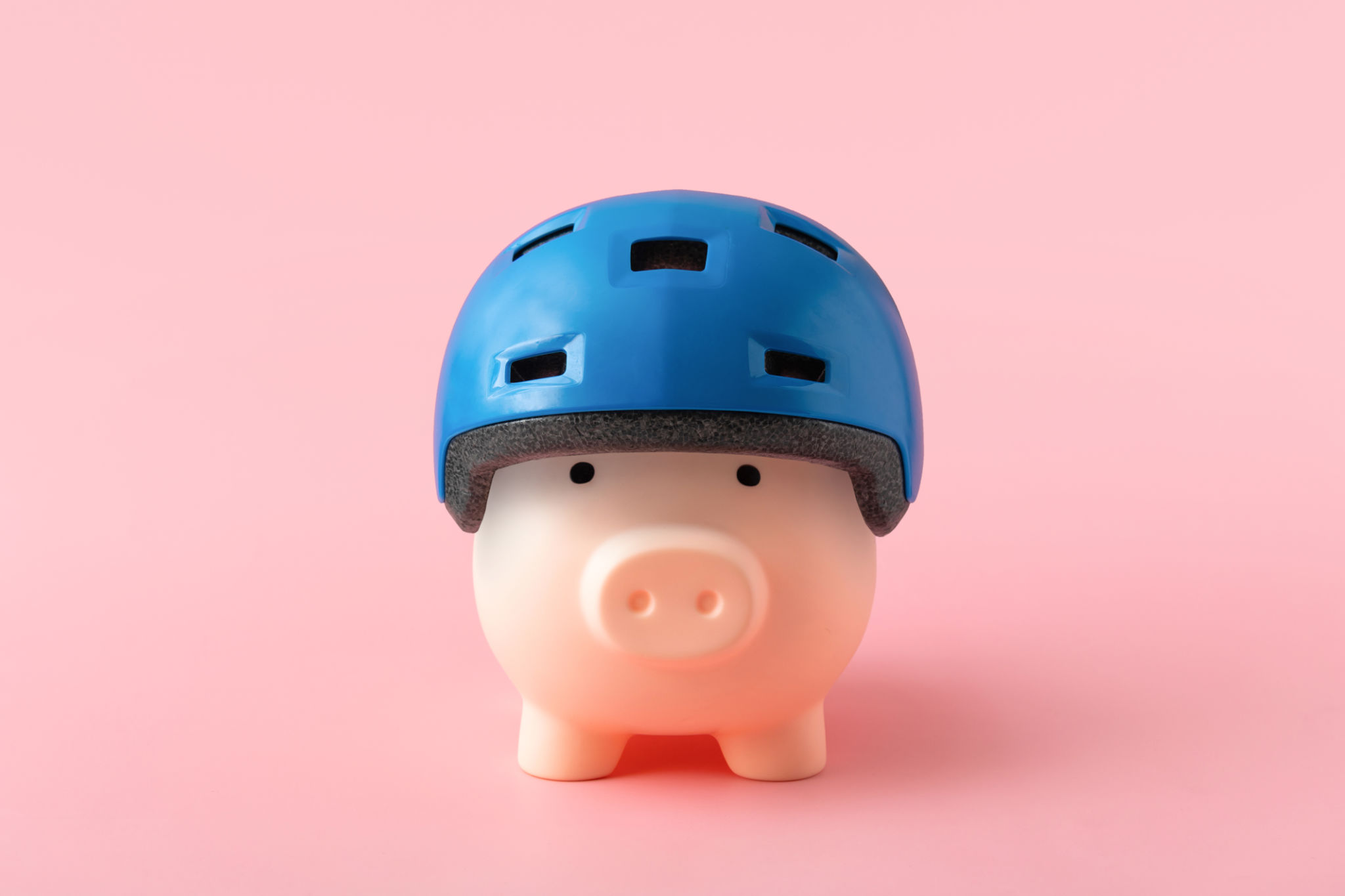Toy Photography Techniques: Creating Art with Action Figures
Introduction to Toy Photography
Toy photography is an exciting and creative way to bring action figures to life. By using various techniques, photographers can create stunning scenes that capture the imagination. Whether you're new to the hobby or looking to refine your skills, understanding the fundamentals is key to success.
One of the most appealing aspects of toy photography is its accessibility. You don't need expensive equipment to start; often, a smartphone and a few action figures are enough. However, having some basic knowledge can greatly enhance your artistic expression.

Choosing the Right Action Figures
The first step in creating compelling toy photography is selecting the right action figures. Consider the theme or story you want to convey. Characters from movies, comics, or original creations can provide endless possibilities. Look for figures with good articulation and detail to allow for more dynamic poses.
Quality matters when it comes to capturing realistic images. Investing in well-crafted figures will make your photos stand out. Pay attention to the paint, texture, and joints of the figures, as these details can significantly impact the final image.
Creating a Scene
Once you've chosen your figures, it's time to set the stage. Backgrounds play a crucial role in toy photography. You can use everyday materials like paper, fabric, or dioramas to create a sense of place. Consider the setting and how it complements the characters involved.

Lighting is another essential element. Natural light is often the best choice, providing soft shadows and highlights. Experiment with different times of day to achieve various effects. If shooting indoors, lamps and LED lights can help create dramatic lighting.
Posing and Composition
Posing your figures is where creativity truly shines. Consider the story you want to tell and pose your figures to reflect the action or emotion. Dynamic poses can bring your characters to life, adding depth and interest to the image.
Composition is equally important. Use the rule of thirds to create balanced and engaging photographs. Experiment with angles and perspectives to find the most compelling viewpoint. Don't be afraid to get close or try unconventional shots to capture unique images.

Post-Processing Techniques
After capturing your images, post-processing can enhance your work further. Basic editing tasks include adjusting brightness, contrast, and color balance. Software like Adobe Lightroom or free alternatives like GIMP can provide powerful tools for refining your photos.
Advanced techniques such as adding effects or manipulating backgrounds can also be explored. However, it's essential to maintain a balance between enhancement and over-editing to ensure your images remain authentic and appealing.
Sharing Your Art
Once you're satisfied with your creations, sharing your work can be incredibly rewarding. Social media platforms like Instagram or dedicated photography forums are excellent places to showcase your art. Engaging with a community of fellow enthusiasts can provide valuable feedback and inspiration.
Participate in challenges and collaborations to push your creativity further. Joining groups or forums can lead to exciting opportunities to learn and grow as a toy photographer.

Conclusion
Toy photography is a unique blend of art and storytelling that allows your imagination to run wild. By mastering the techniques of choosing the right figures, creating engaging scenes, and refining your images, you can turn simple toys into captivating works of art.
Remember, practice makes perfect. Keep experimenting and learning from others to continually improve your craft. Happy shooting!